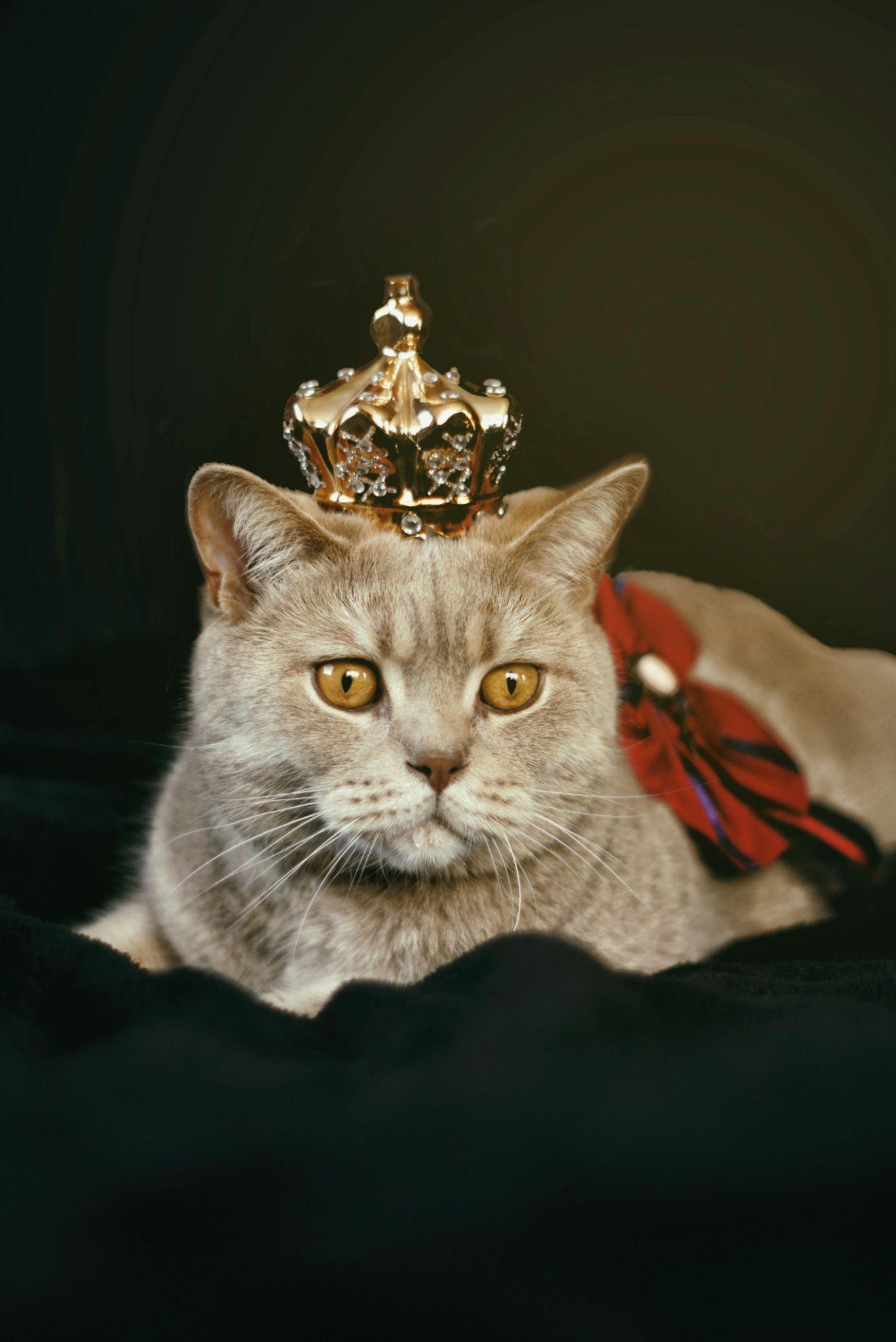Selecting the right toys for your pet is more than just picking something colorful or cute—it’s about choosing items that stimulate their mind, keep them physically active, and ensure they’re safe during playtime. With the vast array of options available, it can be overwhelming to make the best choice. This guide will help you navigate the world of pet toys, ensuring you find the perfect match for your furry, feathered, or scaly friend.
Toys aren’t just for entertainment; they’re essential tools that contribute to your pet’s overall well-being. Whether you have a playful puppy, an inquisitive cat, or a curious bird, the right toys can provide mental stimulation, exercise, and a healthy outlet for their natural instincts. However, not all toys are created equal, and what works for one pet might not suit another. In this article, we’ll explore how to choose the best pet toys tailored to your pet’s needs and preferences, ensuring they stay happy, healthy, and entertained. https://truepetslove.com/product/furhaven-xxl-cooling-gel-foam-bed/
Understanding Your Pet’s Play Needs
What Drives Your Pet’s Play Behavior?
Before you step into a pet store or start browsing online, it’s crucial to understand your pet’s play behavior. Different animals have unique instincts and energy levels, which influence the types of toys they’ll enjoy most.
1. Natural Instincts
- Dogs: Many dogs are natural hunters, so they’re drawn to toys that mimic prey, such as squeaky toys or those they can chase.
- Cats: Cats are also hunters at heart, often favoring toys that simulate small animals, like mice or birds.
- Birds: Birds are curious creatures, thriving on toys that challenge their intelligence and mimic natural foraging behaviors.
2. Energy Levels
- High-Energy Pets: Breeds like Border Collies or Jack Russell Terriers need toys that can keep up with their high energy, such as fetch toys or agility equipment.
- Low-Energy Pets: Older pets or those with lower energy levels may prefer toys that are more interactive and mentally stimulating rather than physically demanding.
How Old is Your Pet?
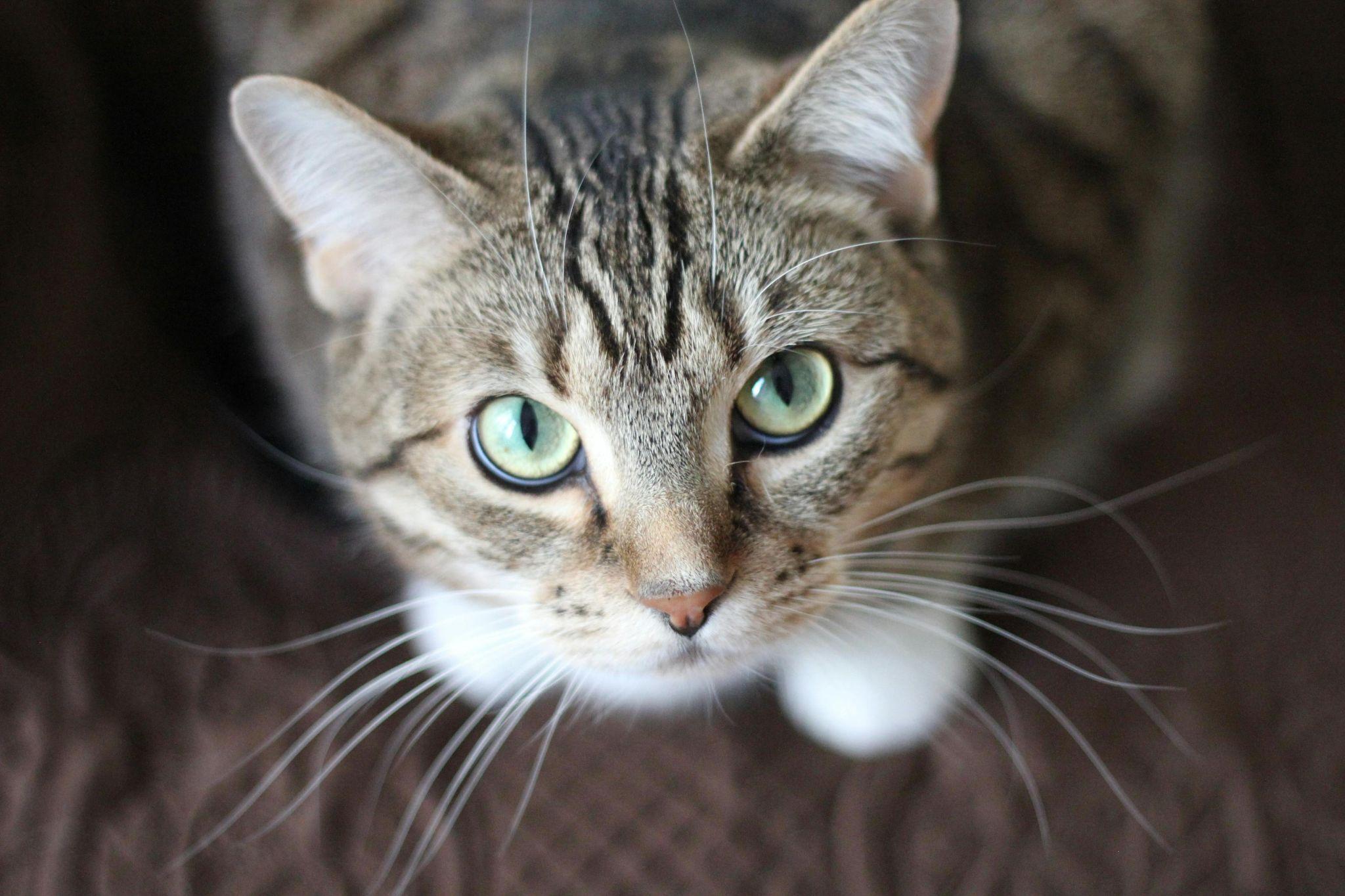
Your pet’s age is another significant factor in determining the best toys.
1. Puppies and Kittens
- These young animals are teething and often enjoy chew toys that soothe their gums. Look for soft, durable toys that can withstand their playful nibbles.
2. Adult Pets
- Adult pets might require a mix of toys that keep them physically and mentally active. They often enjoy a variety of toys, from puzzle feeders to tug-of-war ropes.
3. Senior Pets

- Older pets might have reduced energy and may prefer softer, easier-to-manage toys. Comfort is key, so plush toys and gentle tug toys are often appreciated.
How to Choose the Best Pet Toys Based on Safety
Are the Materials Safe?
When choosing pet toys, safety should always be a top priority. Pets will chew, lick, and carry toys in their mouths, so the materials used in the toys must be non-toxic and durable.
1. Non-Toxic Materials
- Ensure the toys are made from materials that are safe for pets. Look for labels indicating they are BPA-free, phthalate-free, and free of other harmful chemicals.
2. Durability
- The toy should be robust enough to withstand your pet’s play without falling apart. A toy that breaks easily can become a choking hazard or cause digestive issues if swallowed.
Is the Size Appropriate?
The size of the toy is crucial to prevent accidental swallowing or choking. https://truepetslove.com/the-pros-and-cons-of-owning-a-pet/
1. Small Pets
- For small dogs or cats, avoid toys with small parts that could be ingested.
2. Large Pets
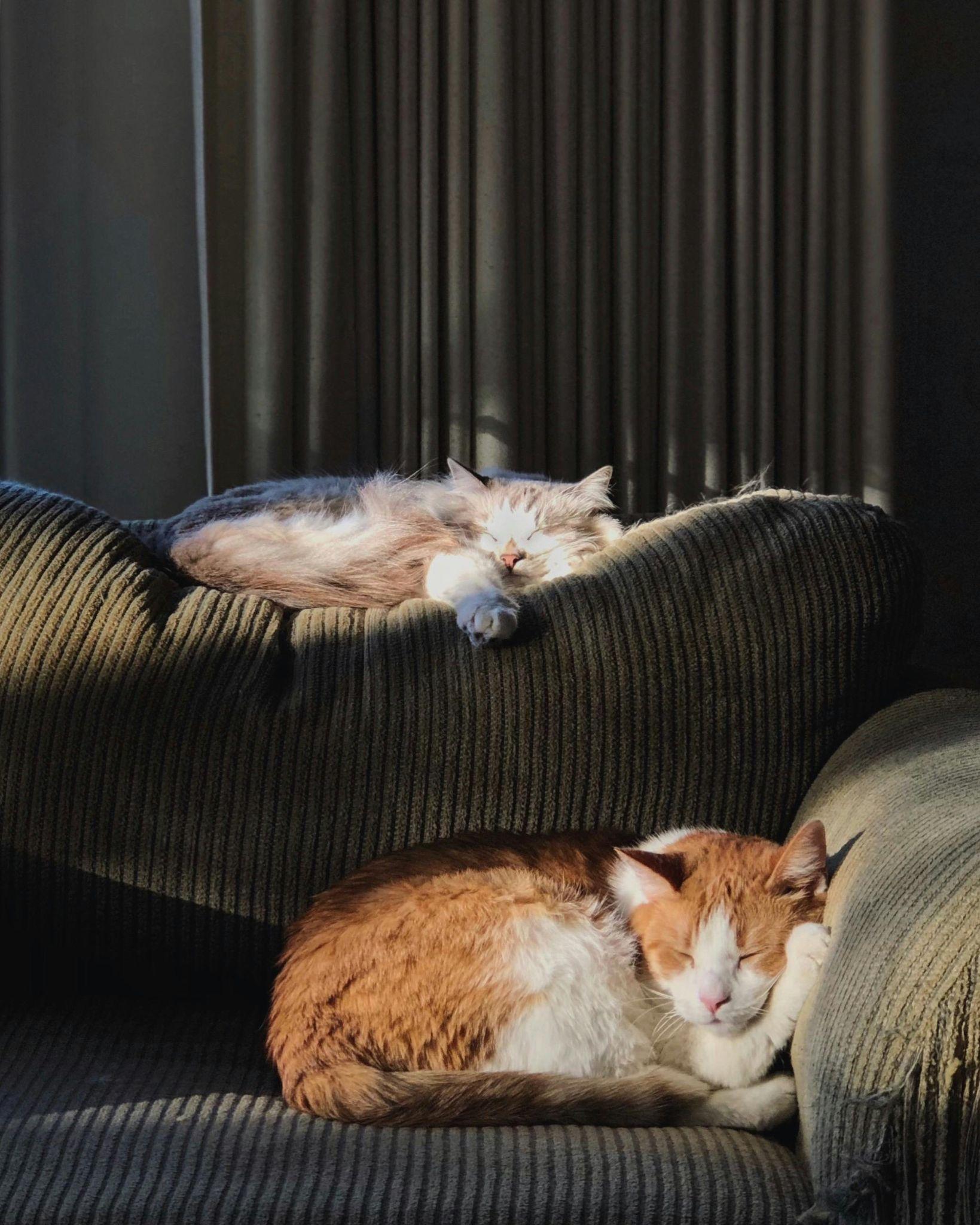
- Larger pets need appropriately sized toys that they can’t easily break or swallow. A toy that’s too small can be a choking hazard.
Are There Any Choking Hazards?
Always inspect toys for small parts or pieces that could come off during play.
1. Ribbons and Strings
- Toys with ribbons, strings, or other small components should be used under supervision, as they can easily be swallowed.
2. Squeakers
- Many dogs love squeaky toys, but if they manage to remove the squeaker, it can become a choking hazard. Choose squeaky toys with securely embedded components.
Types of Pet Toys: Which is Best for Your Pet?
How to Choose the Best Dog Toys

Dogs have diverse preferences when it comes to toys. Here are some popular options:
1. Chew Toys
- Rubber Toys: Durable and great for dogs that love to chew. Brands like KONG offer tough rubber toys that can stand up to even the most aggressive chewers.
- Nylon Bones: These are also great for aggressive chewers, but ensure they are safe and non-toxic.
2. Fetch Toys
- Balls: Simple yet effective. Tennis balls or rubber balls are perfect for dogs that love to fetch.
- Frisbees: Great for dogs that enjoy running and catching in mid-air.
3. Interactive Toys
- Puzzle Toys: These toys challenge your dog’s mind, keeping them entertained and mentally stimulated.
- Treat Dispensers: Toys like the KONG Wobbler dispense treats as your dog plays, making it a fun and rewarding experience.
How to Choose the Best Cat Toys
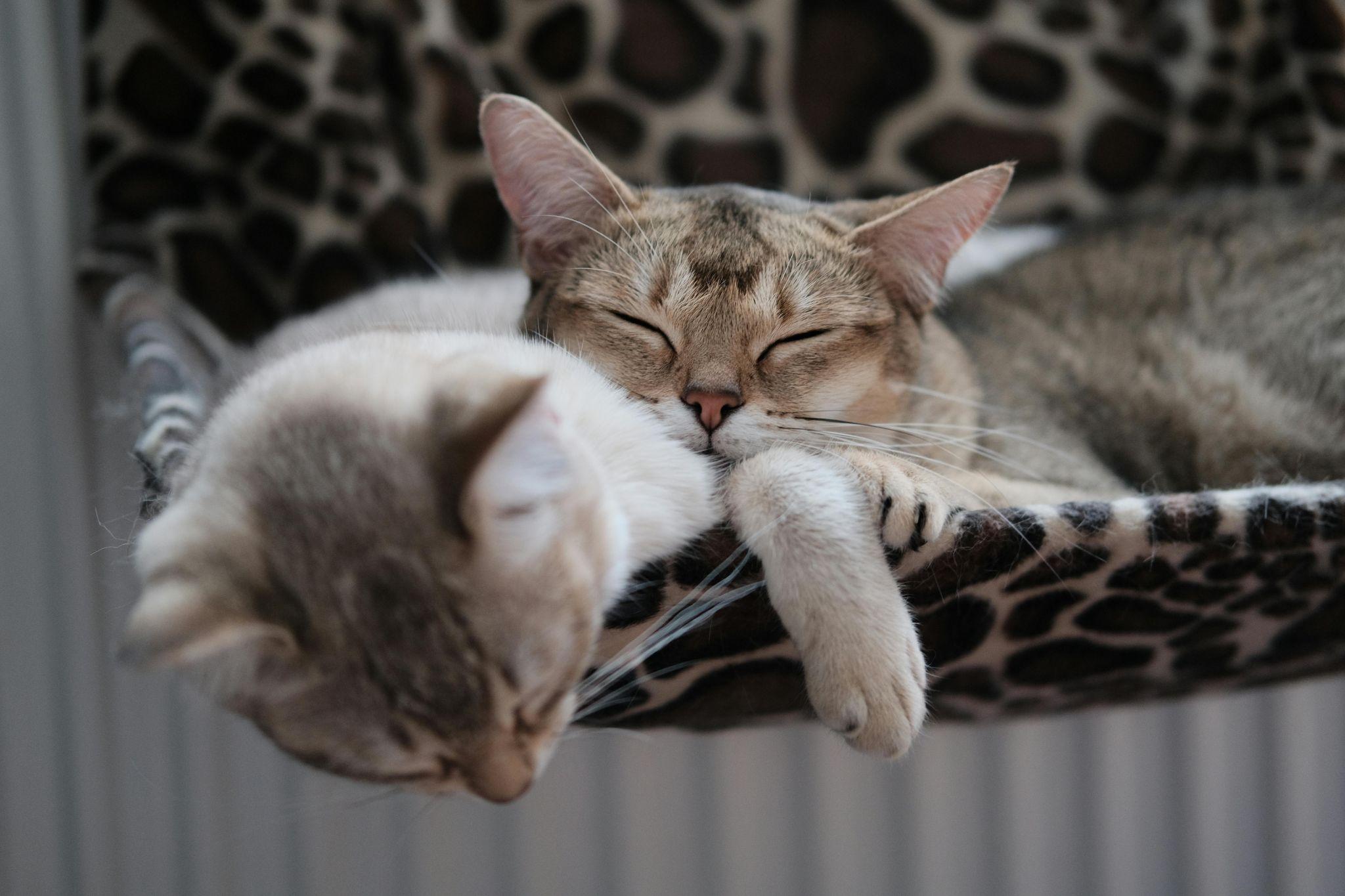
Cats are natural hunters, and their toys should cater to this instinct.
1. Interactive Wands
- Feather Toys: These simulate the movement of birds and can keep your cat entertained for hours.
- Laser Pointers: Cats love to chase the elusive red dot, but make sure not to shine it in their eyes.
2. Self-Play Toys
- Catnip Toys: Many cats are drawn to the scent of catnip, making these toys an instant hit.
- Ball Tracks: These provide endless fun as cats bat the balls around the track.
3. Scratching Toys
- Scratching Posts: Essential for cats to maintain their claws and satisfy their need to scratch.
- Cardboard Scratchers: Affordable and disposable, these are a favorite among many cats.
How to Choose the Best Bird Toys
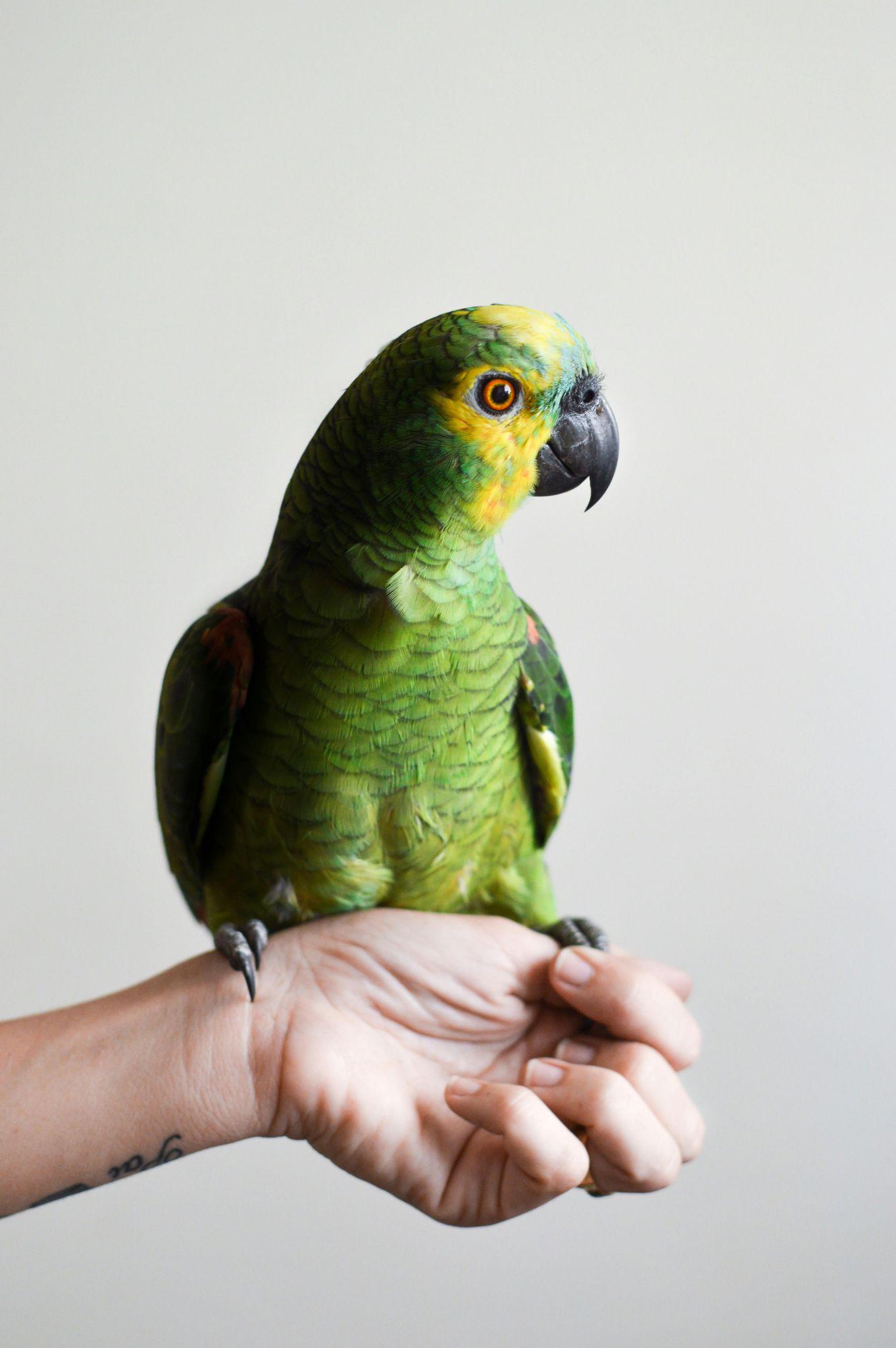
Birds need toys that stimulate their minds and cater to their natural behaviors.
1. Foraging Toys https://truepetslove.com/
- Treat Dispensers: Birds love to work for their food. Foraging toys hide treats that birds must figure out how to access.
- Shreddable Toys: Birds enjoy tearing apart toys made from paper, wood, or other shreddable materials.
2. Interactive Toys
- Mirrors: Some birds enjoy looking at their reflection, believing it to be another bird.
- Swings and Ladders: These add fun and exercise to your bird’s day.
Tips for Maintaining and Rotating Pet Toys
How Often Should You Rotate Toys?
Just like humans, pets can get bored with the same toys. Rotating toys keeps things fresh and exciting for your pet.
1. Weekly Rotation
- Keep a variety of toys available, but rotate them weekly to keep your pet engaged.
2. Inspect for Wear and Tear
- Regularly check toys for signs of damage and replace them as needed to avoid potential safety hazards.
How to Clean Pet Toys?
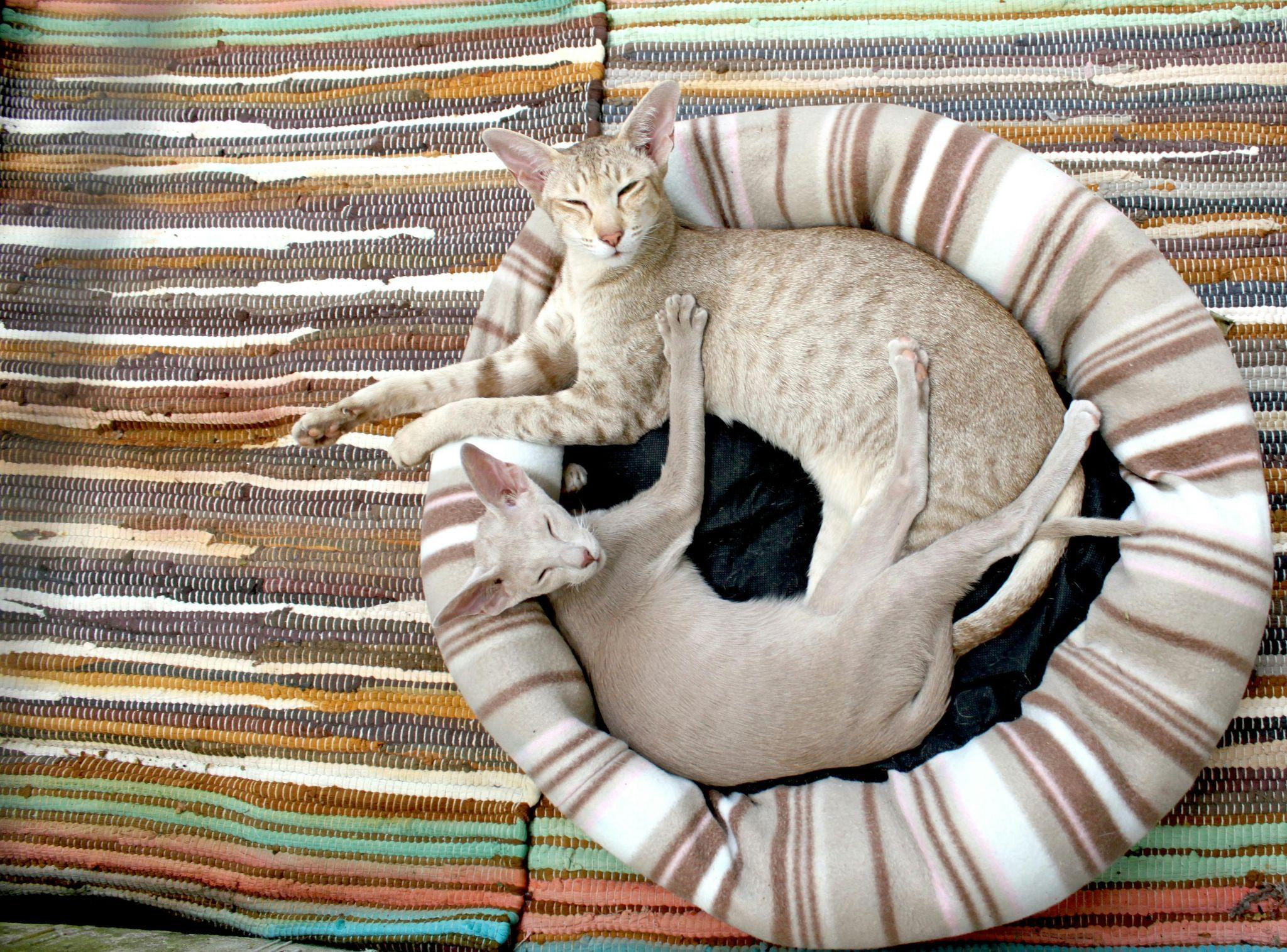
Pet toys can get dirty quickly, harboring bacteria that could harm your pet.
1. Cleaning Hard Toys
- Most hard toys can be cleaned with warm soapy water. Rinse thoroughly to remove all soap residue.
2. Cleaning Plush Toys
- Many plush toys are machine washable. Use a gentle cycle and allow them to air dry to prevent damage.
Choosing the best pet toys is a balance of understanding your pet’s needs, ensuring safety, and providing variety. Whether you’re shopping at your local pet store or browsing online, keep these tips in mind to ensure your furry, feathered, or scaly friend has the best possible playtime experience. By investing in the right toys, you’re not just giving your pet something to play with—you’re contributing to their overall happiness and health.
A happy pet is one that is mentally and physically stimulated. So, take your time, choose wisely, and enjoy the joy and satisfaction of watching your pet thrive with the perfect toys.

